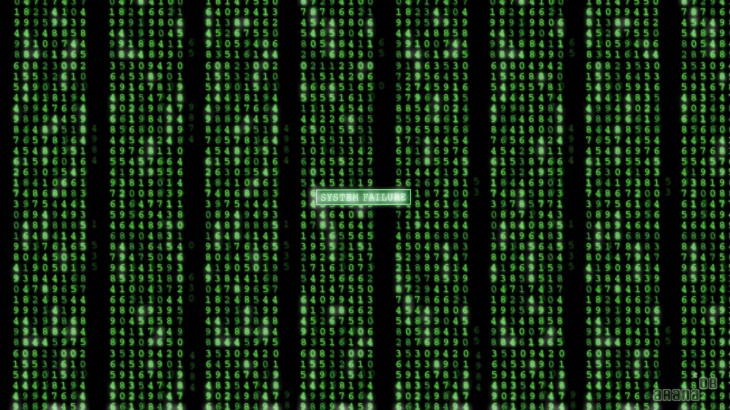Reading Toyo Ito’s writing, Tarzan in the media forest, you feel dispatched into his architectural journey, a fortieth years journey where the architect deal with his works and the architectural movements he is related whit , in order to determinate an “architectural code” result of four top events, four buildings which determinate his “code”.
To read this “journey” is really important to put it into a specific context , Tokyo.
The Modern movement is generously criticized, its principles are even replaced by themes that he considers as tree properties:
1- Environment relationships
2- Increasing design process
3- Complex order
4- Redefinition of inside/outside boundaries
5- Architecture opened to the environment
The modernist architecture extremely changed Tokyo’s spaces, up to create abnormal relationships between high-rise and low-rise buildings, in order to appear as a building fight ring. Personally the movement itself has not to criticized but the architects misunderstand the power of its principles. The modernism created one of the strongest revolutionary process into the architecture world, overused by its second generation followers, the same happened for the Cuba revolution, it should have been the starting point to create a new era, not the era itself !
Modernism message wasn’t only to conceive architectural principles but to introduce the revolutionary spirit into the architects mind, the audacity of breaking rules.
“All too often, our real intentions have been and still are misunderstood, namely, to see in the movement an attempt at creating a “style” and to identify every building and object in which ornament and period style seem to be discarded as examples of an imaginary “Bauhaus Style”. This is contrary to what we were aiming at. The object of the Bauhaus was not to propagate any “style,” system or dogma, but simply to exert a revitalizing influence on design. A Bauhaus Style” would have been a confession of failure and a return to that devitalizing inertia, that stagnating academism which I had called it into being to combat. ”
(from “ Scope of the total Architecture”, by Walter Gropius, Harper & Brothers Publishers, 1954)
Toy Ito embraces the revolutionary spirits of the movement, is able to get its essential and at the some time when it start to categorize itself he is able to passover it, for example the futuristic scenario depicted by Archigram and the metabolists.
In this journey jumping from an era to another, he faces the problems of each period, and learn from the problems created by each period to finally be inspired by the nature, seems like the revolution for Toyo Ito becomes a devolution, in the way that he looks like Eraclito’s dormants theory, he is looking everywhere that principles to describe today architecture and he finds them in a tree, the nature, he become able to see with the awaken eyes the code of the nature.
” [..] at the other men remain hidden what they do when are awake, in the same way they aren’t conscious about what they do while are sleeping [..] ” (from Diels-Kranz Vol.1, by Hermann Diels, 1903)
This journey doesn’t have a beginning or an end, it has processes which create a turning point, Toyo Ito looks for answers in human capacity to finally finds these answers inside the nature.
” The meaning of the research is located in the path already done, not in the destination; the purpose of traveling is the travel itself not the arrival”
Tiziano Terzani

